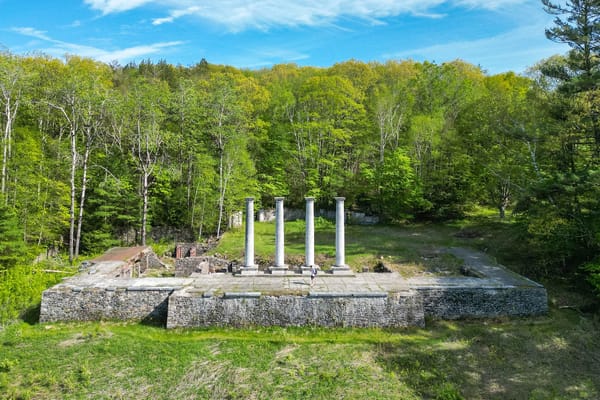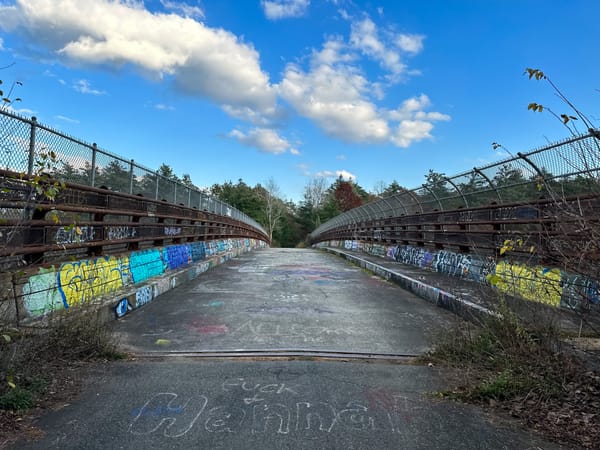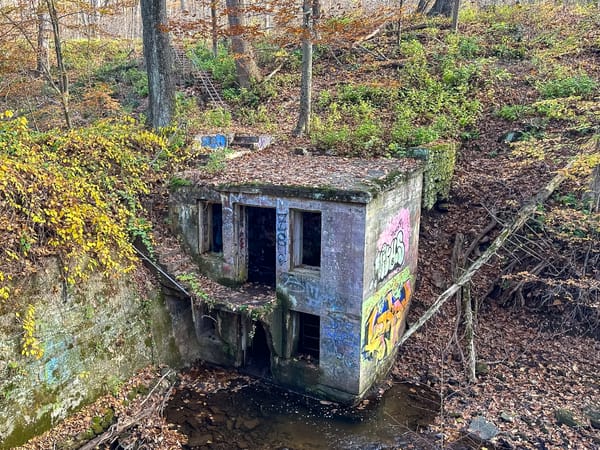Battery Tousard (Jamestown, RI)
Battery Tousard at Fort Getty in Jamestown, Rhode Island, was a massive Endicott-Era coastal gun battery built in 1910 to defend Narragansett Bay.
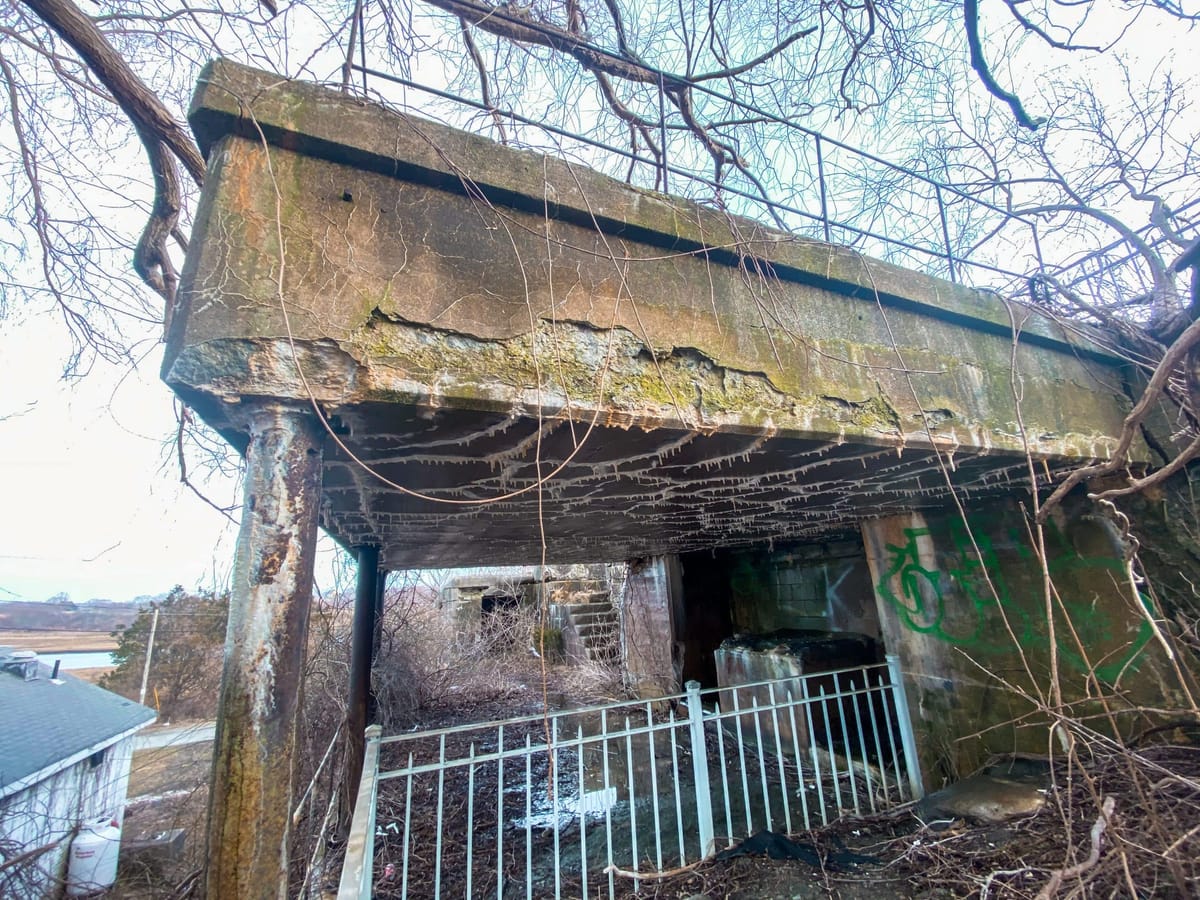
Perched above the sweeping waters of Narragansett Bay, Battery Tousard in Jamestown, Rhode Island, stands as one of the last great symbols of the Endicott Period, when the United States modernized its entire coastal-defense network. Today, nestled within the peaceful grounds of Fort Getty Park, the massive concrete structure remains a silent witness to an era when protecting America’s harbors was a matter of national urgency.
Fort Getty and the Vision of the Endicott Period
In the aftermath of the Civil War, America’s aging brick forts were no match for steel-hulled warships and high-velocity naval guns. To address this, President Grover Cleveland convened the Board of Fortifications—better known as the Endicott Board—in 1885. Its recommendations sparked the largest peacetime fortification program in U.S. history, authorizing new concrete gun batteries, modern artillery, and electric communications systems at 29 strategic ports.
Fort Getty, located on Jamestown’s southern shore, was one of those new strongholds. Construction began in 1901 to defend the West Passage of Narragansett Bay, an essential corridor leading to naval installations in Newport and up the Providence River. Over the next decade, the fort expanded to include Battery Tousard, Battery House, and Battery Whiting, creating a dense network of firepower along Rhode Island’s coast.
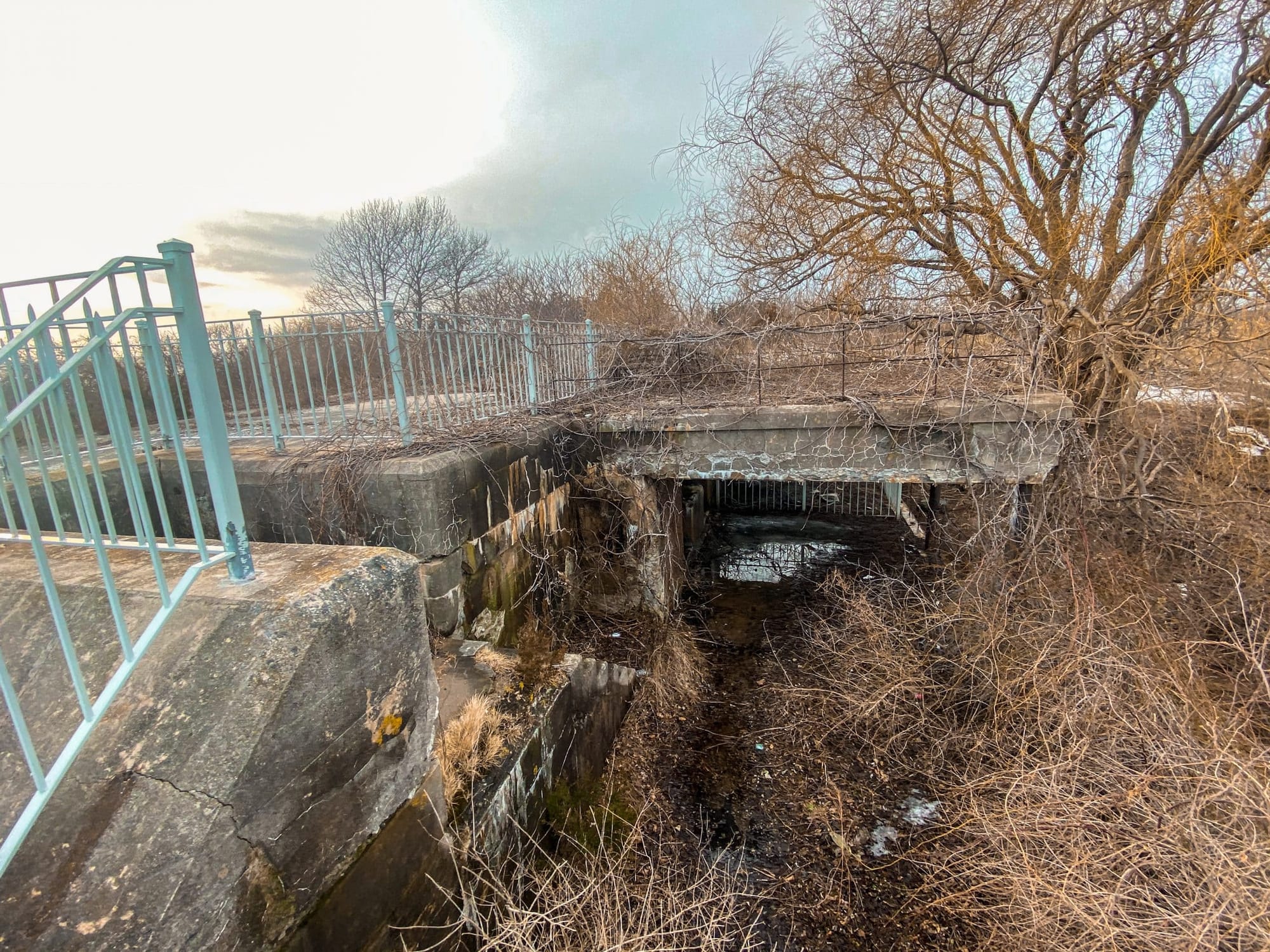
The Birth and Armament of Battery Tousard
Construction of Battery Tousard began in July 1901 and was completed by 1903. It officially entered service on June 7, 1910 under the Coast Artillery Corps. The battery was named for Louis Tousard, a French officer who aided General Washington during the Revolutionary War and helped design many early American coastal fortifications.
Battery Tousard was among the largest concrete gun batteries in southern New England:
- Armament: Three 12-inch M1900 guns on M1901 disappearing carriages
- Range: Roughly 10 miles, firing 1,000-pound shells capable of piercing armored hulls
- Design: A two-story layout with gun emplacements above and ammunition magazines below
- Technology: Originally equipped with manual hoists, later upgraded in 1918 to Taylor-Raymond back-delivery electric hoists
- Power Source: A self-contained emplacement power plant located within the fort
When fired, the 12-inch guns would recoil backward and sink behind the parapet, shielding them from return fire before rising again to reload—a feat of mechanical precision that made the “disappearing gun” one of the Endicott Era’s defining inventions.

Battery Tousard Through Two World Wars
World War I
When the U.S. joined the fight in 1917, many coastal batteries had their heavy guns removed and shipped to Europe for use on railway mounts. Battery Tousard, however, remained intact. Its strategic position guarding the West Passage kept it active throughout the war.
World War II
By the early 1940s, the Endicott-era fortifications were considered obsolete. Aircraft, submarines, and radar had transformed naval warfare, rendering fixed coastal artillery unnecessary. On November 4, 1942, orders were issued to scrap Battery Tousard’s guns and carriages as part of a nationwide wartime metal drive.
After the war, Fort Getty was decommissioned, and by 1948 the site was transferred to local control—marking the end of nearly half a century of military presence on Jamestown’s southern coast.
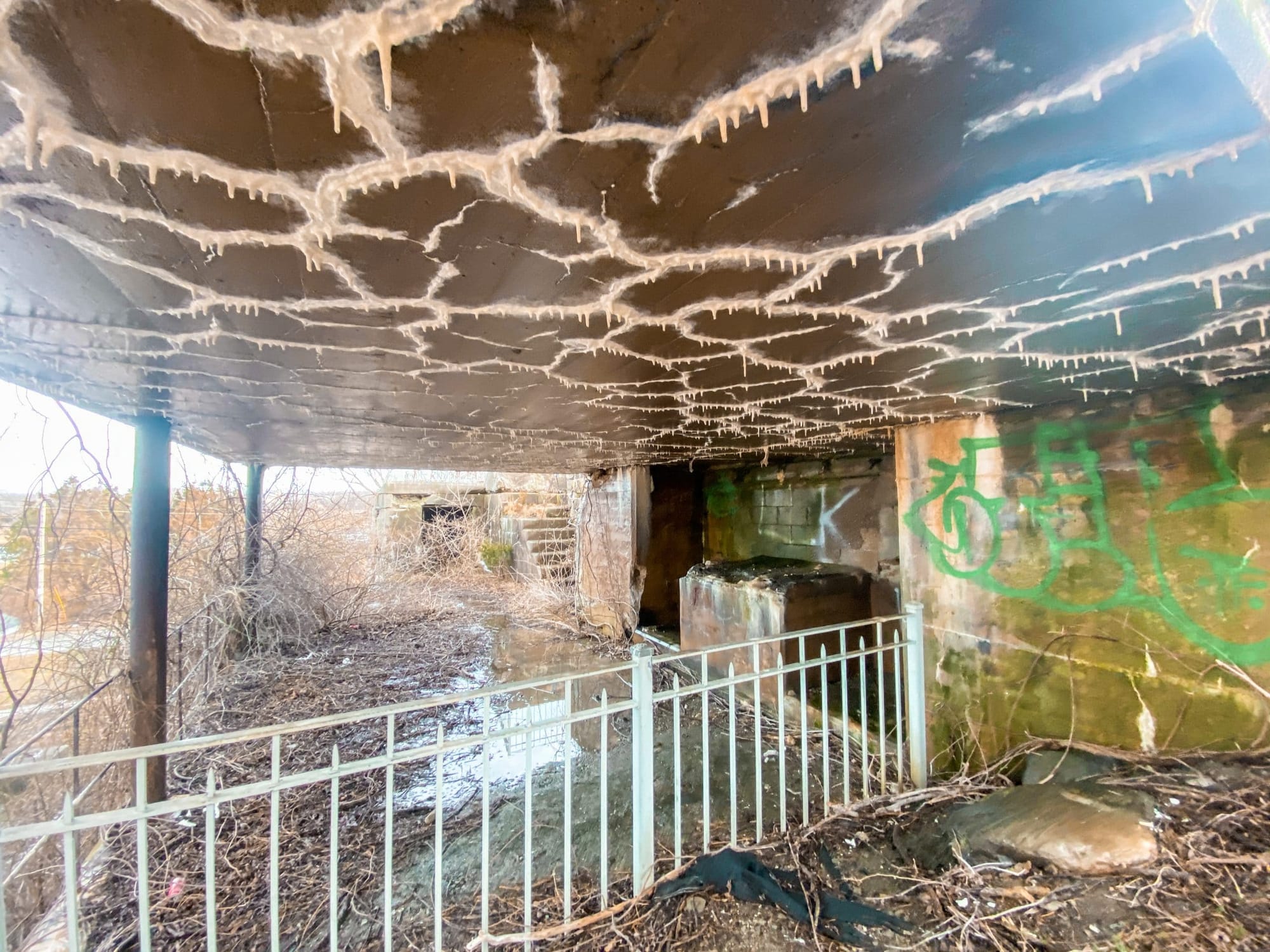
Battery Tousard Today
Today, Battery Tousard still dominates the landscape at Fort Getty Park, its massive concrete forms softened by moss and sea air. Though its guns are long gone, the architecture remains largely intact: vaulted ammunition rooms, reinforced parapets, and the outlines of the old hoist mechanisms still visible on the walls.
Visitors can walk the grounds surrounding the battery and take in panoramic views of Beavertail Light, Dutch Island, and the mouth of Narragansett Bay. For safety reasons, interior access is restricted—doors and stairways are locked—but the exterior remains open to explore.
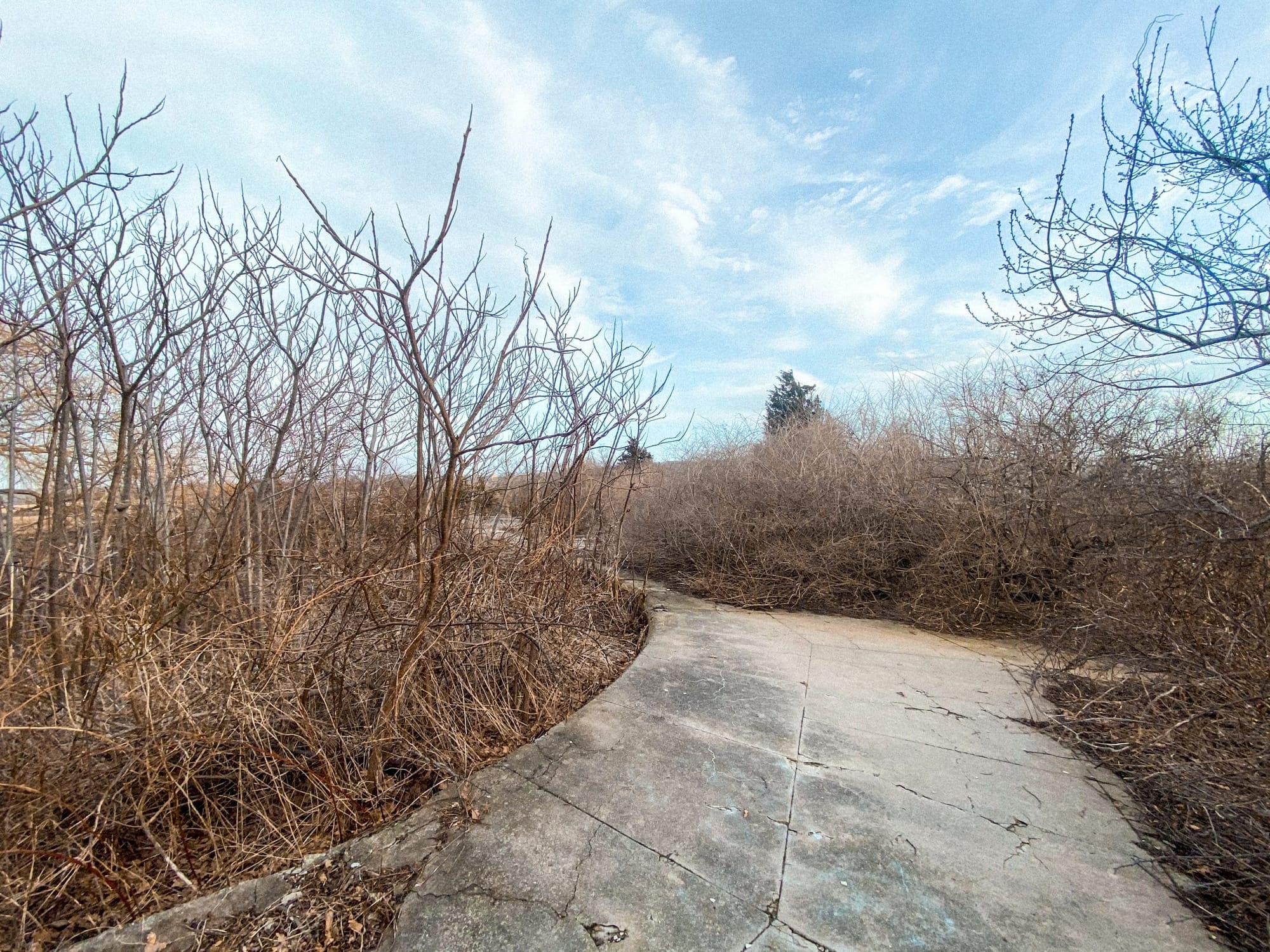
Visiting Fort Getty Park
Fort Getty Park is a beloved local recreation area featuring a campground, boat ramp, picnic pavilion, and rocky beach. It offers an unusual blend of natural beauty and historical intrigue, with Battery Tousard at its heart.
Visitor Details
- 📍 Address: 1050 Fort Getty Road, Jamestown, Rhode Island
- 🌐 GPS Coordinates: 41.489750, -71.398806
- 🅿️ Parking: Ample parking available near the battery and campground
- 💰 Fees: Free in the off-season; $20/day per vehicle (Memorial Day – Labor Day)
- 🕰 Hours: 7 a.m.–10 p.m. daily during summer season
- 🐾 Pet Policy: Leashed dogs welcome; owners must clean up after pets
Why Battery Tousard Matters
Battery Tousard represents the peak of Endicott-era fortification design—an era when cutting-edge engineering, electricity, and new weapon systems reshaped America’s coastal defenses. From its commanding position on Fort Getty, its guns once guarded the same channel that ferries pleasure boats today.
Now, weathered but dignified, Battery Tousard stands as a physical chronicle of shifting military technology and Rhode Island’s vital maritime heritage. It’s not just a relic—it’s a monument to a time when the nation’s future rested on concrete, steel, and coastal vigilance.
Quick Facts
- 🏗 Construction: 1901–1903 (commissioned 1910)
- ⚙️ Armament: Three 12-inch M1900 guns on M1901 disappearing carriages
- 💣 Upgrades: 1918 Taylor-Raymond electric shell hoists
- ⚡ Power: Dedicated emplacement power plant
- 🕰 Deactivated: 1942 (scrapped WW II metal drive)
- 🏞 Now Part Of: Fort Getty Park, Jamestown RI
Final Thoughts
For visitors to Jamestown, Battery Tousard offers a perfect blend of history and coastal scenery. Its weathered concrete, ocean views, and peaceful park setting make it one of Rhode Island’s most accessible and visually striking Endicott-era sites.
Whether you come to camp, kayak, or walk among the ruins, Battery Tousard reminds us how even the mightiest weapons of war eventually become monuments—echoes of a time when the defense of Narragansett Bay stood at the center of America’s strategic horizon.

